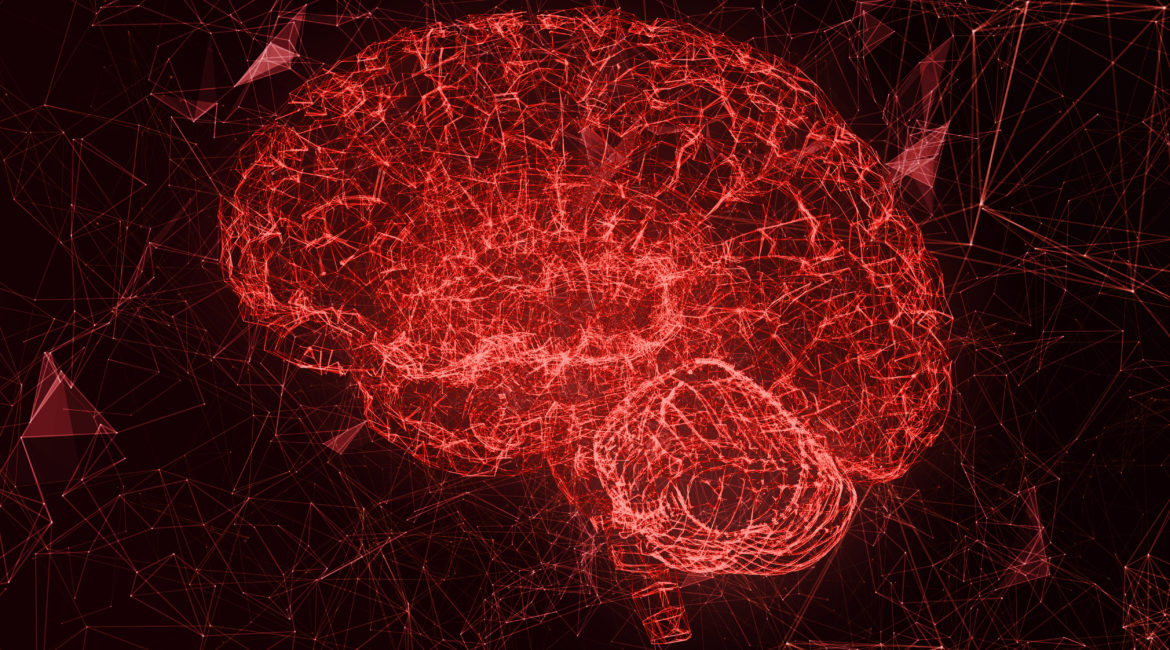Hebb’s Law is a term in neuroscience that says, “Neurons that fire together, wire together.” Consistent firing of neurons (brain cells) through repetitive thoughts, feelings and actions physically changes the brain. This is called neuroplasticity.
Billions of neurons make up our brains. They communicate through tiny electrical impulses. Over time, repeated firing of these electrical impulses affects the way our brain cells are “wired” or communicate to each other.
We have the ability to change the physical structure of our brains, under almost any circumstance, at almost any age. I think that’s worth repeating: We can physically change the makeup of our brains.
So whether we’re struggling with weight, stress levels, or trying to learn a new skill – there is hope! We can change the control center, our emotional tendencies, unconscious habits, our cravings, and the source of our chronic stress.
With time and effort, we can improve our lives by improving our behavior – and that all starts with our brains. And all we need are the techniques and consistent effort. Education and action. It’s that simple, but it will take work.
3 Ingredients for Neuroplasticity
So how do you change your brain? As an adult, there are a few essentials:
- Focus and a sense of urgency, drive or purpose
- Challenge
- Repetition, repetition, repetition.
For example, we can meditate to improve emotional control, but we should practice daily. And we need to be driven to meditate and so we can overcome the challenge of first starting out.
Or we can learn a new instrument, but we should pick something we enjoy. And one that, again, we will stick with when it’s hard in the beginning. And we should practice daily.
No matter what it is in life we want to change, whether it be our stress levels, our health, or our skillset, we will have to work on our brains daily.
We can rewire our brains for less stress with daily practices of mindfulness, meditation, loving thoughts and virtuous action. Over time, with consistent practice, our brains will physically change and these tasks will become automatic, which will lead to greater health and well-being.
So, whichever stress management practice you choose to adopt, do it every single day. And tap into a powerful purpose, like a loved one. I’d recommend starting with mindfulness and meditation. They are simple, highly effective techniques for generating neuroplasticity and emotional control.
THANK YOU for visiting Logic Mind & Health! If you like the platform, please subscribe to the podcast, the newsletter, or check out the book. Share our content, help us reach more people and improve the well-being of others.

